“If we open a quarrel between the past and the present, we shall find that we have lost the future.”
– Former British PM Winston Churchill
Churchill said these words on June 18, 1940 just after Adolf Hitler’s armies had conquered Holland, Luxembourg, Belgium and France in quick succession and in the fight for Europe, Britain stood alone against the Nazis. But perhaps, strangely enough, the words now echo strongest in the India of today – a country caught in a bloody war for supremacy between it’s storied past and a promising future.
Any forward-looking idea now seems to now face opposition from the ancient glorious culture that made up our past; and any attempt to break away from the past calls for harsh words and if that doesn’t work, then violence. From language to clothes, the flash points are many and for all the economic dynamism that India prides itself on – there are enough incidents that shock the living daylights out of any sane individual.
Here are ten issues that highlight why India MUST move on and learn to embrace the present just as it does its past.
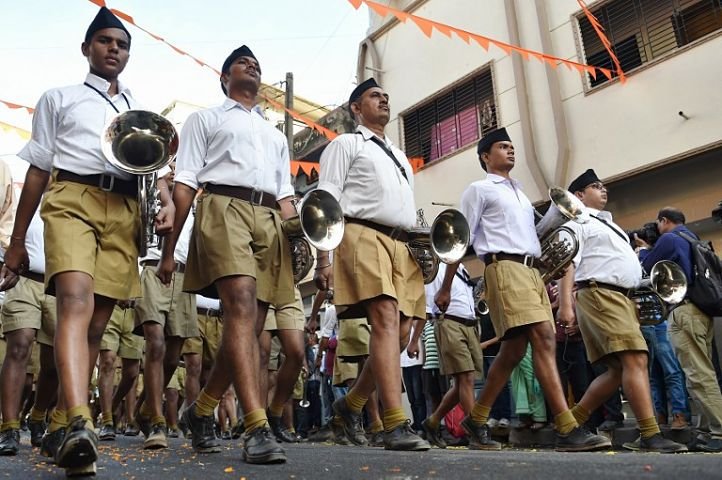
BJP vs RSS
Modi and the RSS share a long-term vision of making India the world’s leading power but they don’t always see eye-to-eye on how to get there. Modi has at times asked lawmakers from his party and RSS members to stop promoting controversial issues such as religious conversions. He wants to keep the focus on economic reforms. But our textbooks are being Hindu-ised and the Modi government has appointed RSS sympathizers to prominent positions in recent months. This includes the chairman of the Film and Television Institute of India, the chairman of the Indian Council of Historical Research and a board member of the Securities and Exchange Board of India. The government has also taken up other issues dear to the RSS, like the search for the lost Saraswati River. Modi has been criticized for giving hardliners a free rein, but their zeal has also caused him headaches.
Homosexuality/LGBT
Either everyone is equal or no one is. Does it really matter to you whether a man is gay or whether he has different sexual choices? Many wouldn’t care about it but those opposing the decriminalisation of same-sex relationships among consenting adults include a number of “conservative Indians” led by various religious heads who call this sexual choice “unnatural”. And often talk about how homosexuality is against the “great Indian culture”.
Section 377 bans “carnal intercourse against the order of nature.” The Delhi High Court found in 2009 that the law was a violation of fundamental rights. The Supreme Court reinstated the ban four years later, saying the responsibility for changing the law rested with lawmakers, and not judges.
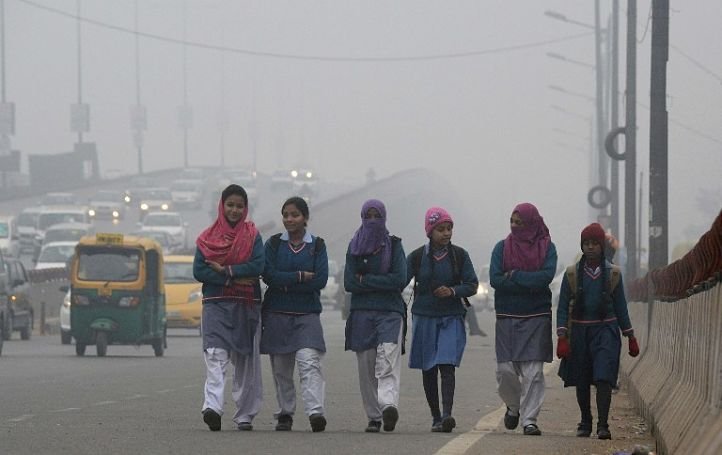
Girl child ratio
Data released in 2012 showed that India was the deadliest place in the world for a girl child. According to the data, an Indian girl child aged 1-5 years is 75% more likely to die than an Indian boy, making this the worst gender differential in child mortality for any country in the world. A lot of this comes down to the age old belief which prizes boys over girls. Girls are considered a curse and a financial burden, especially to poor, rural families who must cough up expensive dowries for their marriages, while boys are usually counted upon to take care of their parents during their old age.
Dalits
The recent death of Rohith Vemula only showed a side of India that most in the country turn a blind eye towards. The older well-established caste structure of India wants to maintain their supremacy over the lower castes and the politicians want to exploit them from votes but few have shown any resolve to make any attempt at lasting change. Many educated Indians would like to change this but they are so far in the minority – too few and powerless.
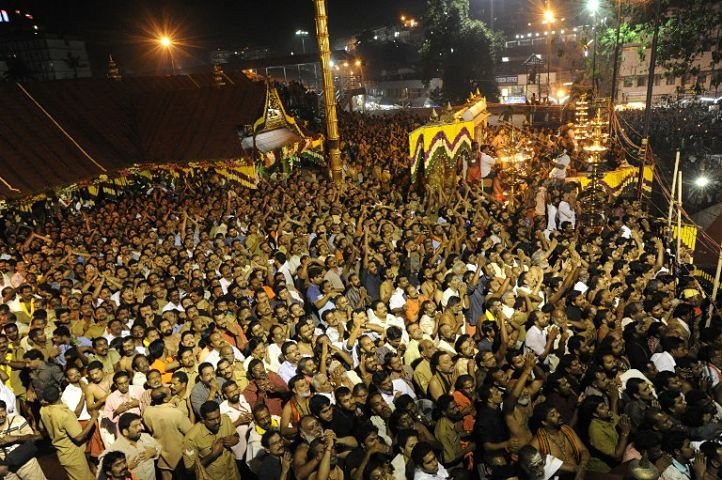
No entry to women in religious places
There’s Sabarimala. There’s Haji Ali. There’s the Shani Temple. There are men, there are women and there are religious places that drive a wedge between the two sexes. But in recent times, a revolution has been brewing. Women want in, but men led by priests and others, have been putting up a resistance that is frustrating to say the least. Logic would indicate that everyone is free to worship god but some believe that it is a privilege reserved for the chosen few.
Racism
A report in the Washington Post showcased India as one of the most racist countries in the world. And while you may or may not agree to it, racism is accepted and practised in all sections of Indian society. The incident involving the Tanzanian girl was one in many that showed the ugly side of India’s racist behavior. In India, skin colour and caste are closely interrelated; with high caste Brahmins associated with fair skin, and Dalits and other low castes with dark skin. Although several Hindu Gods are depicted as black – most deities are depicted as fair or blue.
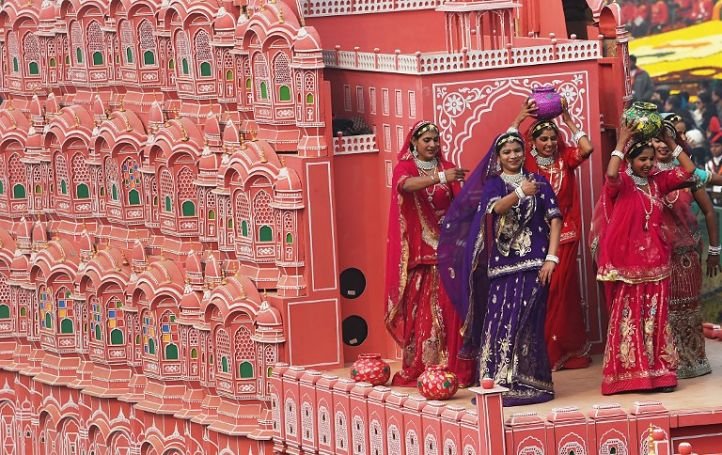
Clothes
We love to define what clothes are ‘culturally’ acceptable and those that are not. Jeans can be a problem, as can skirts. Veteran BJP Leader Babu Lal Gaur had this to say: “Rape is a social crime which depends on men and women. Sometimes it is right, sometimes it is wrong. Until there is a complaint, nothing can happen. Unless the person wants, no one can dare touch her. The item numbers in films create a bad environment. Also foreign culture is not good for India. Women in foreign countries wear jeans and t-shirts, dance with other men and even drink liquor, but that is their culture. It is good for them, but not for India, where only our traditions and culture are OK. Let women consider what is good and bad for them.”
Classic and unfortunately real as well. To make matters worse, many Indians (from politicians to senior civil servants) think in precisely the same manner.
Beef row
What we can eat and we cannot is decided by a culture that is unclear. We worship the cow, so how can we eat it? That and this thesis laid out by MS Golwalkar, the most prominent ideologue of the RSS in 1966 show just how this all began: “It began with the coming of the foreign invaders to our country. In order to reduce the population to slavery, they thought that the best method to be adopted was to stamp out every vestige of self-respect in Hindus. They took to various types of barbarism such as conversions, demolishing our temples and mutts. In that line cow slaughter also began.”
For many years, people have eaten what they have wanted to eat and no one had a problem but now suddenly, we have been introduced to a brand of beef politics that we could have well done without.
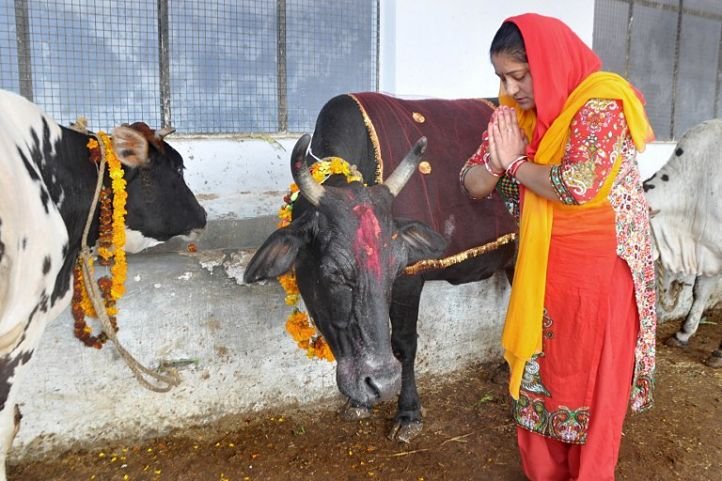
Hindu nation belief
In the months after Modi’s victory, leaders of hardline Hindu groups launched a drive to have India officially declared a nation of Hindus. They also stepped up a campaign against what they called “Love Jihad” – a term used to describe what they claimed was an Islamist strategy to convert Hindu women through seduction, marriage and money. And they began a push to convert Muslims and Christians to Hinduism, through a purification ritual called “ghar wapsi”, or “homecoming”, a concept central to the RSS since its founding. Whatever happened to the whole melting pot of cultures that India was really known for.
Right to offence
Some beliefs hold more value than others simply because we find a way to link them to our culture. The intolerance debate isn’t new; what is new, however, is the way in which we take offence to these incidents. The mobs hand out justice in a zeal driven by religion and culture and they take no prisoners. Almost everything we do now has to adhere more to the norms of culture than anything else and in case, we can’t then there is a mob to force us into doing exactly that.
The fight for India’s future is facing it’s stiffest past against a past that simply refuses to fade away or even adapt. This stubbornness — when viewed through the eyes of the world — will make everyone wary and prevent India from becoming a true superpower, both in cultural and financial terms.
All images: AFP

















